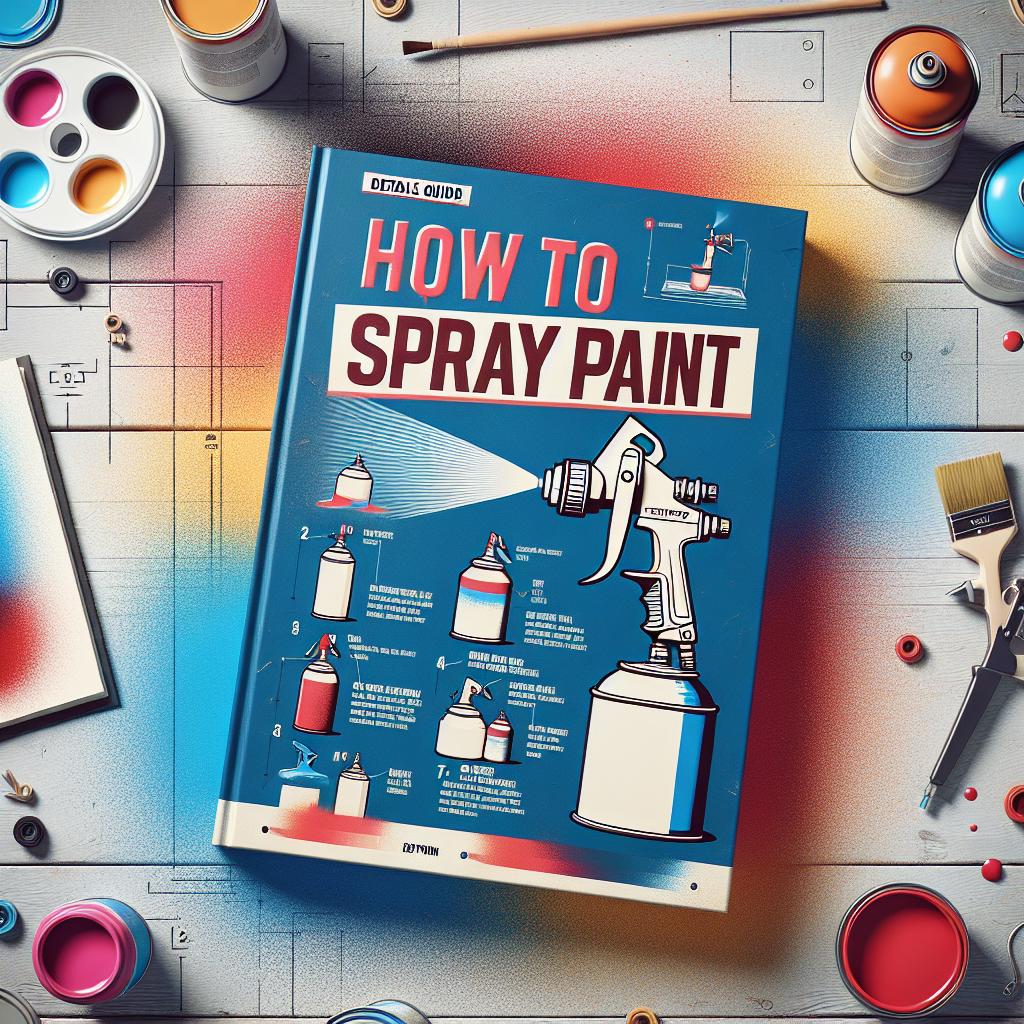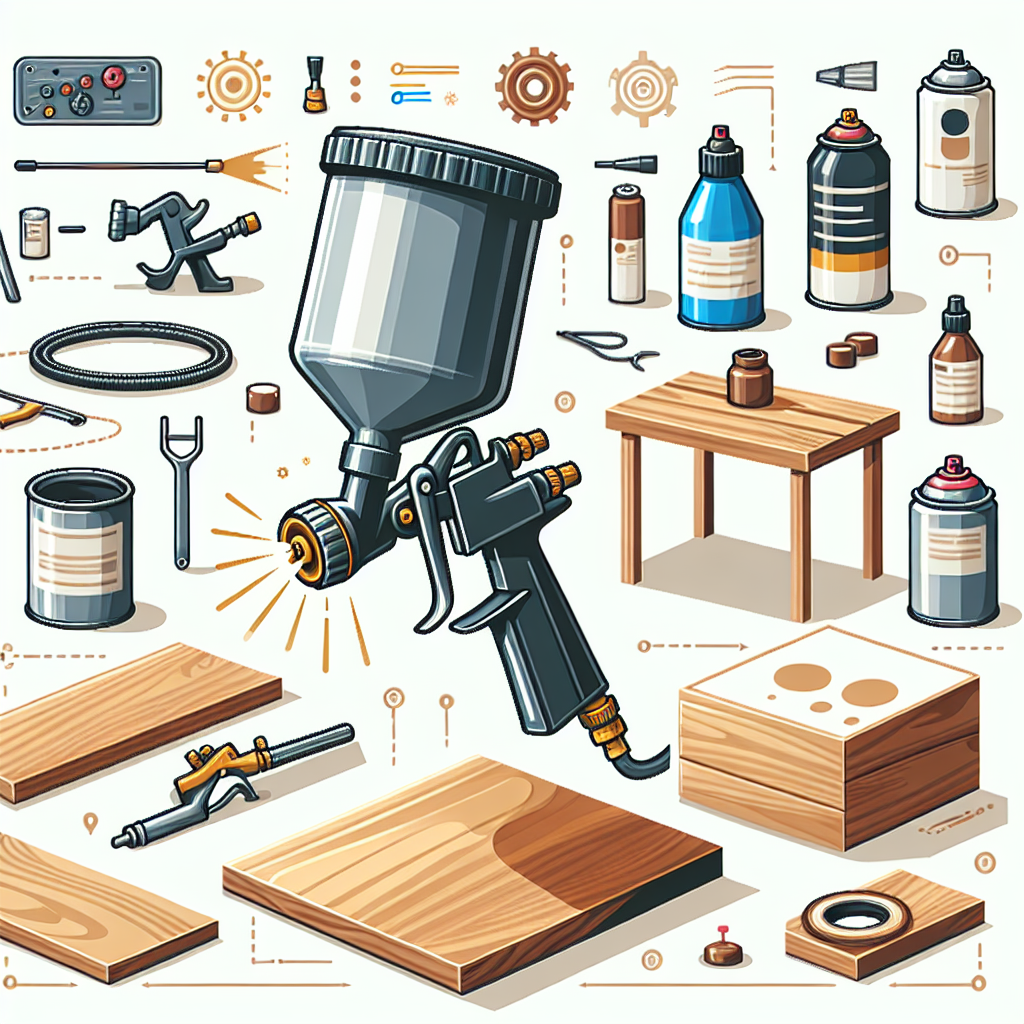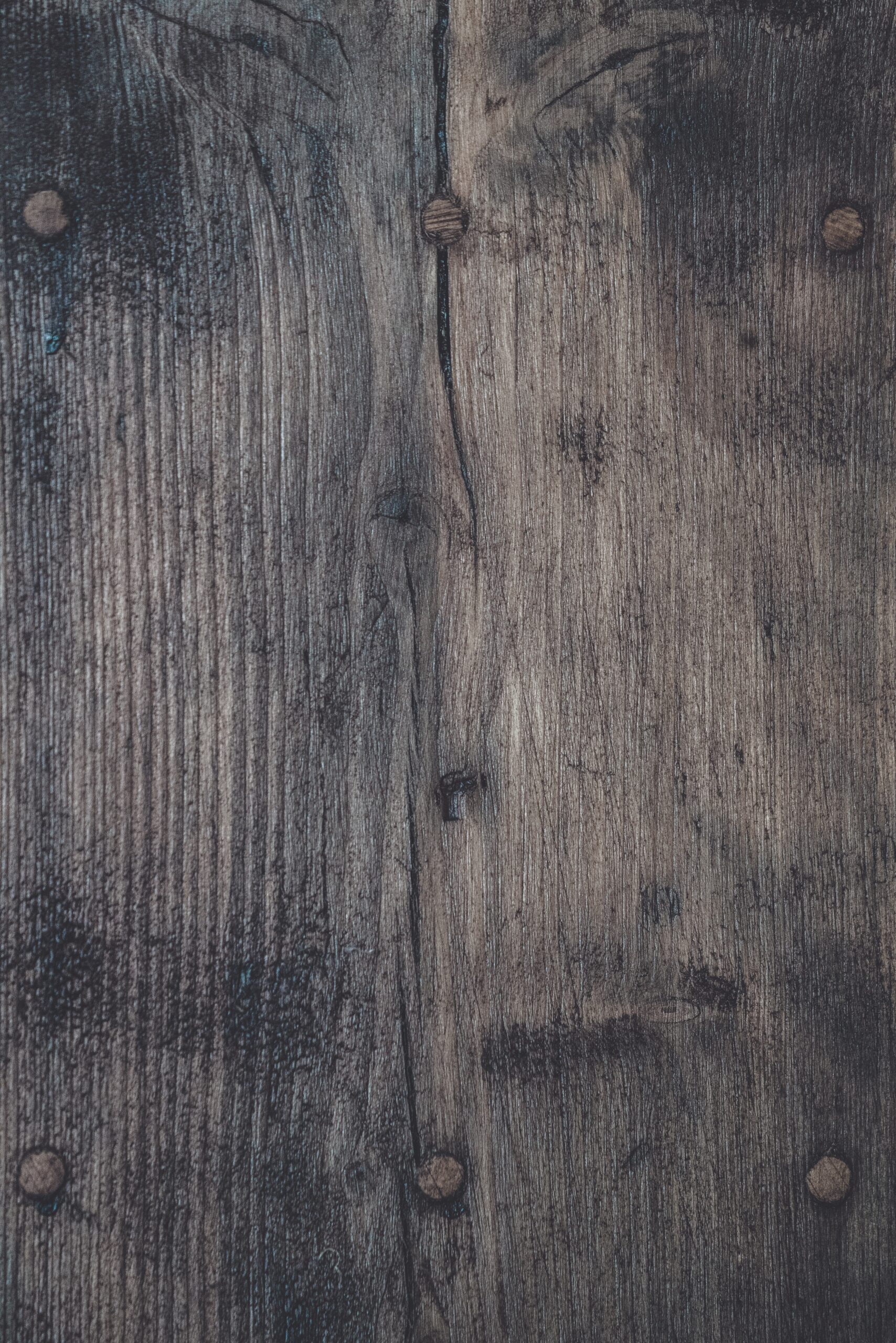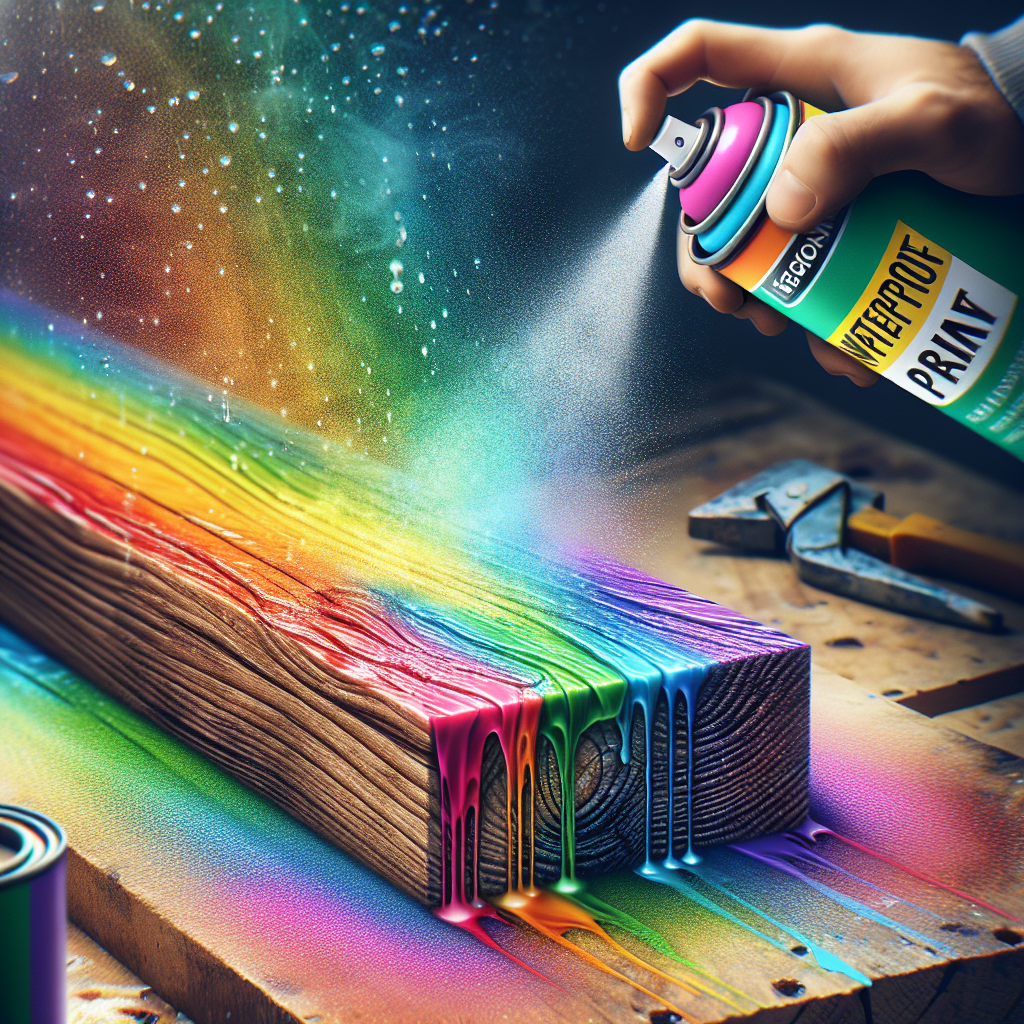In this concise guide, you will discover the essential steps to effectively spray Farrow and Ball paint. With its reputation for irresistible colors and exceptional quality, Farrow and Ball paint has become a favorite among homeowners and professionals alike. By following these tried-and-tested techniques, you will unlock the secrets to achieving flawless spray application, ensuring a smooth and impeccable finish that will transform any space. Discover the expert tips and tricks that will elevate your painting projects and elevate the beauty of your surroundings.

This image is property of images.unsplash.com.
Preparation
Before you begin spraying Farrow and Ball paint, there are a few steps you need to take to ensure that you have a smooth and successful painting experience.
Gather the necessary materials
First, gather all the necessary materials you will need for the job. This includes Farrow and Ball paint in the desired color, a spray gun, an appropriate nozzle size, paint stirrers, a paint thinner (if needed), paint filters, a respirator mask, safety goggles, gloves, drop cloths, masking tape, and cleaning supplies for the spray equipment.
Prepare the surface
Next, prepare the surface that you will be painting. Ensure that it is clean, dry, and free from any dust or debris. Repair any imperfections such as cracks or holes, and sand the surface if necessary to create a smooth base for the paint.
Protect surrounding areas
Protect the surrounding areas from overspray by covering them with drop cloths or plastic sheets. Use masking tape to secure the protective coverings and ensure that they are tightly sealed to prevent any paint from seeping through.
Prepare the spray equipment
Before you start spraying, it is important to properly prepare the spray equipment. This includes checking and cleaning the spray gun, ensuring that it is in good working condition, and selecting the appropriate nozzle size for the desired spray pattern. Also, make sure that the air pressure is set correctly for the type of paint being used. Properly dilute the paint if necessary, following the manufacturer’s instructions.
Mixing and Diluting Farrow and Ball Paint
Choosing the right Farrow and Ball paint is crucial for a successful spray painting job. Ensure that you select a paint color and finish that suits your needs and preferences.
Once you have the desired paint, it is important to stir it thoroughly before spraying. This ensures that the pigment is evenly distributed throughout the paint, resulting in a consistent finish. Use a clean paint stirrer and mix the paint in a circular motion until you achieve a smooth and uniform consistency.
In some cases, you may need to dilute the Farrow and Ball paint before spraying, especially if you are using a spray gun with a smaller nozzle size. Follow the manufacturer’s instructions for the appropriate paint thinner or water ratio to achieve the desired viscosity for optimal spraying.
Choosing the Right Spray Equipment
Selecting the right spray equipment is essential for achieving a professional-looking finish with Farrow and Ball paint. Here are some important factors to consider:
Select an appropriate spray gun
Choose a spray gun that is suitable for the size and scale of your painting project. Consider the type of paint you will be spraying and the desired spray pattern. HVLP (High Volume Low Pressure) spray guns are commonly used for Farrow and Ball paint as they provide a fine and even mist.
Choose the right nozzle size
The size of the spray gun nozzle determines the flow rate and pattern of the paint. For Farrow and Ball paint, a smaller nozzle size is usually recommended to achieve a finer spray pattern. However, always refer to the manufacturer’s guidelines to ensure the correct nozzle size for the specific paint and spray equipment you are using.
Ensure proper air pressure
Maintaining the correct air pressure is crucial for achieving optimal spray coverage and reducing overspray. Follow the recommended air pressure guidelines provided by the paint manufacturer for the particular spray gun you are using. Adjust the air pressure accordingly using the regulator on the spray gun.
Check and clean the spray equipment
Before you begin spraying, it is important to check that the spray gun and other equipment are clean and in good working condition. Inspect the nozzle for any clogs or obstructions, and clean it thoroughly if necessary. Ensure that the paint cup or container is securely attached and properly sealed to prevent any leaks during spraying. Cleaning the equipment before and after each use will help maintain its longevity and ensure consistent performance.
Practicing Spraying Techniques
Before you start spraying Farrow and Ball paint on your project, it is highly recommended to practice your spraying techniques on a test surface. This will allow you to familiarize yourself with the spray gun, adjust the spray pattern, and get a feel for the paint flow.
Test the spray gun on a test surface
Spray a small amount of paint onto a test surface such as a piece of cardboard or scrap wood. This will help you assess the paint flow, coverage, and the overall spraying technique. Pay attention to the consistency of the paint and the pattern it creates.
Practice different spray patterns
Experiment with different spray patterns, such as horizontal, vertical, and circular motions, to see which one produces the desired effect. Practice changing the distance between the spray gun and the surface to achieve different levels of coverage and texture.
Adjust the spray gun settings
Take the time to familiarize yourself with the different settings on your spray gun. Adjust the air pressure, paint flow, and spray pattern adjustments to achieve the desired results. Practice making these adjustments and observe how they affect the spray pattern and coverage.

This image is property of images.unsplash.com.
Spraying Farrow and Ball Paint
Once you have mastered the spraying techniques and have thoroughly practiced, you are ready to start spraying Farrow and Ball paint on your project.
Set up the paint spraying area
Ensure that the area where you will be spraying is well-ventilated and free from any dust or debris. Set up your drop cloths or plastic sheets to protect the surrounding surfaces. Cover any areas that you do not want to be painted with masking tape.
Apply a primer if necessary
If the surface you are painting requires a primer, apply it before spraying the Farrow and Ball paint. A primer will create a smooth and even surface for the paint to adhere to, and will enhance the durability and longevity of the finished paint job.
Apply the first coat of Farrow and Ball paint
Hold the spray gun approximately 8 to 12 inches away from the surface and start spraying in a steady, controlled motion. Keep the spray gun parallel to the surface and maintain a consistent distance and speed throughout the application. Apply the first coat of Farrow and Ball paint using even, overlapping strokes to ensure proper coverage.
Allow sufficient drying time
After applying the first coat of paint, allow it to dry according to the manufacturer’s instructions. This will typically take a few hours, but it is important to follow the recommended drying time to avoid any issues with the subsequent coats.
Apply additional coats if needed
Depending on the desired finish and coverage, you may need to apply additional coats of Farrow and Ball paint. Allow each coat to dry before applying the next, and assess the coverage and color after each coat. Remember to maintain the same spraying technique and pattern throughout to ensure consistency.
Maintain even and consistent spraying
Throughout the entire process, it is important to maintain an even and consistent spraying technique. Avoid spraying too heavily or too lightly, as this can result in an uneven finish. Keep the spray gun moving in a smooth motion to prevent excessive build-up of paint in certain areas.
Cleaning Up
Once you have finished spraying Farrow and Ball paint, it is important to properly clean up the spray equipment and ensure that any excess paint is disposed of correctly.
Clean the spray gun after use
Thoroughly clean the spray gun immediately after use to prevent any leftover paint from drying and clogging the nozzle or other parts of the equipment. Follow the manufacturer’s instructions for cleaning and use appropriate cleaning solutions or solvents. Disassemble the spray gun if necessary to clean hard-to-reach areas, and rinse all parts thoroughly.
Properly dispose of unused or excess paint
If you have any unused or excess Farrow and Ball paint, ensure that it is properly disposed of according to local regulations. Avoid pouring paint down the drain or throwing it in the trash. Many communities have paint disposal programs or recycling centers that can assist with the proper disposal of paint.
Remove protective coverings
After the paint has dried and you have completed the cleaning process, carefully remove the protective coverings from the surrounding areas. Dispose of the drop cloths or plastic sheets properly and clean any spills or drips that may have occurred during the painting process.

This image is property of images.unsplash.com.
Safety Precautions
When spraying Farrow and Ball paint, it is important to prioritize safety to protect yourself and those around you.
Wear appropriate personal protective equipment
Always wear appropriate personal protective equipment (PPE) when spraying paint, including a respirator mask, safety goggles, and gloves. These will protect you from inhaling paint fumes, getting paint in your eyes, and coming into direct contact with the paint.
Ensure good ventilation
Ensure that you are working in a well-ventilated area when spraying Farrow and Ball paint. Open windows and doors, or use fans or exhaust systems to improve air circulation and reduce the concentration of paint fumes.
Avoid spraying in windy conditions
It is essential to avoid spraying Farrow and Ball paint in windy conditions. Wind can cause overspray and can also blow dust or debris onto the wet paint surface. Ideally, choose a calm day or work in an enclosed space to prevent these issues.
Keep children and pets away
Keep children and pets away from the painting area to avoid any potential accidents or exposure to harmful fumes. Ensure that the area is secure and that there are no opportunities for curious little ones or animals to come into contact with wet paint.
Follow manufacturer’s instructions
Always read and follow the manufacturer’s instructions for the Farrow and Ball paint and spray equipment you are using. This includes information on proper dilution, recommended application techniques, and safety precautions. Following the instructions provided will help ensure a successful and safe painting process.
Tips and Tricks
To achieve the best results when spraying Farrow and Ball paint, consider these helpful tips and tricks:
Start spraying from a distance
Begin spraying from a distance and gradually move closer to the surface to achieve a smoother finish. Starting too close can result in excessive paint build-up and uneven coverage.
Maintain a consistent spraying speed
Maintain a consistent speed when spraying to ensure even coverage and avoid creating uneven patches. Moving too quickly or too slowly can affect the appearance of the finished paint job.
Overlap each pass slightly
Overlap each pass slightly to ensure complete coverage and a seamless finish. This helps to avoid leaving any visible lines or gaps between each stroke of the spray gun.
Avoid over-spraying
Try to apply the paint in thin, even coats to avoid over-spraying. Over-spraying can result in drips, runs, or an uneven finish. It is better to apply multiple thin coats than to apply too much paint in one go.
Practice on a small area first
If you are new to spraying paint, it is recommended to practice on a small, inconspicuous area first. This will allow you to familiarize yourself with the equipment and spraying techniques before tackling the main project.
Take breaks between coats
Allow each coat of paint to dry properly before applying the next. This may require taking breaks between coats to ensure that the paint has enough time to dry and cure. Rushing the drying process can result in an inferior finish.

Troubleshooting
Despite your best efforts, sometimes issues may arise during the spraying process. Here are some common problems and their solutions:
Uneven spray pattern
If you notice an uneven spray pattern, check the nozzle for any obstructions or clogs. Clean the nozzle thoroughly and adjust the air pressure as needed. Also, ensure that you are maintaining a consistent distance and speed while spraying.
Drips or runs
Drips or runs can occur if too much paint is applied in one area or if the spraying speed is too slow. To fix this, wait for the paint to dry and lightly sand the affected area. Apply a new coat of paint and ensure that you are spraying in a smooth and controlled motion.
Clogging of the spray gun
If the spray gun becomes clogged during use, stop spraying immediately and try to clear the blockage. Disassemble the spray gun and clean all parts thoroughly. In the future, ensure that the paint is properly mixed and filtered before filling the spray gun.
Paint not adhering properly
If the paint does not adhere properly to the surface, it could be due to insufficient surface preparation or a compatibility issue with the primer or previous coats of paint. In such cases, consider sanding the surface lightly and applying a new coat of primer or contacting the paint manufacturer for guidance.
Solutions to common issues
Many common issues can be resolved or prevented by following proper surface preparation techniques, practicing spraying techniques, maintaining proper equipment maintenance, and using the correct paint and process for the specific project. If you encounter difficulties or have questions, do not hesitate to seek advice from professionals or contact the manufacturer for assistance.
Finishing Touches
After you have completed spraying Farrow and Ball paint and allowed it to fully dry, it is time for the finishing touches.
Inspect the painted surface
Thoroughly inspect the painted surface for any imperfections, such as drips, runs, or areas with insufficient coverage. Take note of any areas that require touch-ups before considering the project complete.
Touch up any imperfections
Using a brush or a small roller, carefully touch up any imperfections or areas that need additional coverage. Make sure to blend the touch-up areas seamlessly with the rest of the painted surface for a professional-looking finish.
Clean up any mess
Clean up any mess that may have been created during the painting process. Wipe down surfaces, remove any protective coverings, and dispose of any waste materials properly. Leave the work area clean and tidy.
Admire your freshly sprayed Farrow and Ball paint
Finally, take a step back and admire your freshly sprayed Farrow and Ball paint. Appreciate the hard work and attention to detail that went into achieving a professional finish. Enjoy the transformation and the new life that the Farrow and Ball paint has brought to your project.




